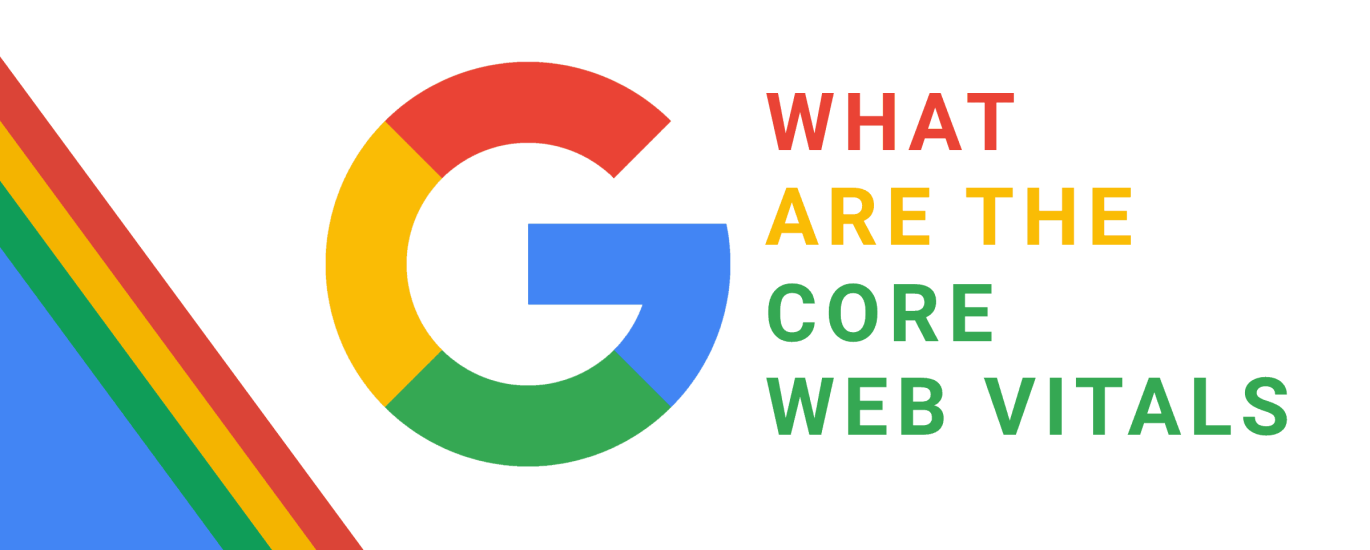In 2025, website performance and user experience have never been more critical for the success of any online business. Google’s Core Web Vitals, a set of performance metrics aimed at enhancing the user experience, have become a central focus for website optimization. For WordPress website owners, this means optimizing your site not just for search engines but also for better usability and faster performance. Core Web Vitals are now a ranking factor for Google, meaning that if your website doesn’t meet these essential standards, it could negatively impact your SEO and overall visibility. This blog post will walk you through what Core Web Vitals are, how they affect your WordPress site’s performance, and actionable strategies for optimization. We will also briefly touch on how partnering with a top digital marketing agency, like Robust Connections, can enhance your website’s performance for long-term success.
What Are Core Web Vitals?
Core Web Vitals are a set of three key metrics that measure the user experience on your website. These metrics focus on load performance, interactivity, and visual stability. The three Core Web Vitals are:
1. Largest Contentful Paint (LCP)
LCP measures how quickly the largest content element (usually an image or text block) appears on the screen. For an optimal user experience, your LCP should happen within 2.5 seconds after the page starts loading.
2. First Input Delay (FID)
FID measures how quickly a user can interact with your website after clicking a link or tapping on an element. The ideal FID should be under 100 milliseconds to ensure a smooth and responsive interaction.
3. Cumulative Layout Shift (CLS)
CLS measures how stable the elements on your page are during the loading process. If content shifts unexpectedly, it creates a poor user experience. Ideally, your CLS score should be under 0.1.
These three metrics are crucial because they directly impact the user experience. Slow-loading websites, difficult interactions, and unexpected layout shifts all contribute to a frustrating experience, which can drive visitors away and hurt your rankings in search results.
Why Core Web Vitals Matter for WordPress Websites
Google has long emphasized the importance of user experience in its ranking algorithms, but Core Web Vitals officially introduced these performance metrics as ranking signals in 2021. In 2025, these metrics will continue to play a vital role in determining how well your website performs in search rankings.
Here are some reasons why optimizing Core Web Vitals is crucial for your WordPress website:
1. Improved User Experience
When your site loads faster, responds promptly to user interactions, and maintains visual stability, users are more likely to stay and engage. Better engagement leads to higher conversion rates, which is a key indicator of success for any online business.
2. Better SEO Performance
Google rewards websites that provide a seamless and pleasant user experience. Websites that meet Core Web Vitals thresholds are more likely to rank higher in search engine results, improving your website’s visibility and driving more traffic.
3. Reduced Bounce Rates
Websites with poor performance often have high bounce rates, which can negatively affect your search rankings. Slow loading times, delayed interactivity, and layout shifts contribute to visitors abandoning your site before engaging with your content.
4. Competitive Edge
As more businesses optimize their websites for performance, staying ahead of the curve with Core Web Vitals optimization gives you a competitive edge. Websites that provide superior user experiences are more likely to retain visitors and achieve better business outcomes.
Strategies for Optimizing Core Web Vitals on WordPress
Now that we understand the importance of Core Web Vitals, let’s explore the strategies you can implement to optimize your WordPress website for 2025 success.
1. Optimize Your WordPress Hosting
The first step to improving your website’s performance is selecting a reliable and fast hosting provider. Your hosting choice directly affects loading times and responsiveness, so it’s essential to opt for a provider that can meet the demands of a high-performing WordPress website.
a) Choose a Managed WordPress Hosting Provider
Managed WordPress hosting providers such as WP Engine or SiteGround offer optimized environments specifically designed for WordPress websites. These services come with built-in performance optimizations and better server infrastructure, ensuring faster load times and improved Core Web Vitals scores.
b) Use a Content Delivery Network (CDN)
A CDN helps distribute your website’s content across various servers worldwide, ensuring faster content delivery by serving it from a location closer to the user. This significantly improves LCP and FID scores.
2. Compress and Optimize Images
Images are often the largest elements on a webpage and can significantly slow down your website’s load time if not optimized properly. To improve your LCP score, compress and optimize images to ensure they load quickly without compromising quality.
a) Use Image Compression Plugins
WordPress plugins like Smush or ShortPixel can automatically compress and optimize your images. These plugins reduce image file sizes without losing quality, which speeds up load times and improves your LCP score.
b) Implement Lazy Loading
Lazy loading is a technique that ensures images and other media only load when they enter the viewport (the visible part of the screen). This reduces initial load times and helps optimize LCP.
3. Minimize JavaScript and CSS
Large JavaScript and CSS files can slow down your website and negatively impact FID and LCP scores. Minimizing and optimizing these files can improve your site’s interactivity and load time.
a) Minify JavaScript and CSS
Use tools like Autoptimize or WP Rocket to minify and combine your JavaScript and CSS files. Minification removes unnecessary characters (like whitespace) from the code, making it smaller and quicker to load.
b) Use Asynchronous and Deferred Loading
JavaScript that is loaded synchronously can block the rendering of a page, causing delays in load times. To avoid this, use asynchronous or deferred loading for JavaScript files to allow the rest of the page to load without delay.
4. Optimize Web Fonts
Web fonts, especially those hosted by third-party providers, can significantly impact your website’s loading speed. To improve Core Web Vitals, it’s essential to optimize web fonts for faster rendering.
a) Use Font Display: Swap
Add the font-display: swap CSS rule to your web fonts. This ensures that text is visible immediately, even if the web font hasn’t fully loaded, preventing layout shifts and improving your CLS score.
b) Limit the Number of Fonts and Weights
Limit the number of fonts and font weights you use on your website. The fewer fonts your site loads, the faster it will render, improving both LCP and CLS.
5. Reduce Server Response Time
Server response time is an essential factor in achieving optimal Core Web Vitals. Slow server response times negatively impact LCP and FID scores, leading to a poor user experience.
a) Use Caching Plugins
Caching plugins like W3 Total Cache or WP Rocket store static versions of your website’s pages, reducing the number of requests to the server and improving load times.
b) Optimize Your Database
Over time, your WordPress database can accumulate unnecessary data, such as old revisions and unused plugins. Use database optimization plugins like WP-Optimize to clean up and streamline your database, ensuring quicker load times.
6. Regular Monitoring and Testing
To ensure your Core Web Vitals are continually optimized, it’s essential to monitor and test your website regularly. Tools like Google PageSpeed Insights, Lighthouse, and Web Vitals extension can help you track your website’s performance and make necessary adjustments.
7. Partner with a Digital Marketing Agency for Long-Term Success
While implementing these strategies can significantly improve your website’s performance, working with a top-tier digital marketing agency like Robust Connections can help take your WordPress site’s optimization to the next level. A professional agency can provide comprehensive performance audits, advanced optimization techniques, and ongoing monitoring to ensure your site consistently meets Core Web Vitals standards.
Conclusion
In 2025, optimizing your WordPress website for Core Web Vitals is essential for both user experience and SEO success. By focusing on improving LCP, FID, and CLS, you ensure that your site loads quickly, interacts smoothly, and provides a stable visual experience. This not only boosts your rankings on Google but also enhances the overall satisfaction of your visitors, which ultimately leads to higher engagement and conversions.
Implementing the strategies outlined in this post, such as optimizing hosting, compressing images, minimizing code, and reducing server response time, will put you on the path to success. And for a more in-depth approach to optimization, consider partnering with Robust Connections, one of the best digital marketing agencies in New York. Their expertise in web performance and SEO can ensure your WordPress website thrives in the competitive online landscape of 2025. By optimizing for Core Web Vitals today, you set your website up for long-term success in an increasingly performance-driven digital world.

